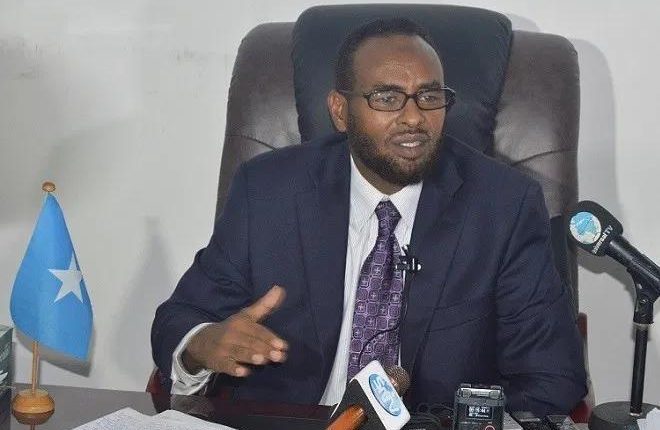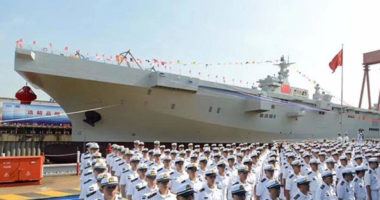Mogadishu (PP Features) — As the International Court of Justice hearing on the maritime dispute between Somalia and Kenya draws near, a clearer picture is emerging about the extent to which Somali leaders and legal minds have boosted Kenya’s chance of winning the case.
Ahmed Ali Dahir, the former Somali Attorney General of the Federal Republic said that, because of state collapse in Somalia, some countries considered Somalia to be an easy target and that Kenya granted oil exploration concessions to several companies including Statoil, a Norwegian petroleum company on this premise.
Mr. Dahir said that Somalia had signed the Memorandum of Understanding with Kenya to address disputes arising from Kenya’s “unilateral delimitation of the sea border” for oil exploration reasons.
He did not mention which country makes an illegal maritime claim.
“When two countries have a maritime dispute they have the option to settle their differences without recourse to a court” Mr. Dahir added.
Somalia has never made claims on Kenya’s maritime territory.

“If, as he said, Kenya sought to exploit Somalia’s predicament, why is the former Somali Attorney General mincing his words about Kenya’s illegal and resource-related motivations in the concocted maritime dispute?” asked Hassan Ali Abdinur, a Somali lawyer in Mogadishu Dahir’s version contradicts a statement by the former Somali Prime Minister Omar Abdirashid Ali Sharmarke who, in 2016 in Garowe, said that Somalia “signed the Memorandum of Understanding to extend its maritime territory beyond the 200 nautical miles and that Norway drafted the MoU Somalia and Kenya signed in 2009.”
In April 2009, Al-Shabaab controlled two-thirds of the capital city of Somalia.
Somalia was then classified as a failed state. “We had to pull out of the MoU when we realised that Kenya was misusing it” said Sharmarke.
In a 2015 Preliminary Objections of the Republic of Kenya to the International Court of Justice, Kenya quoted articles by Somali jurists who defended the MoU. Kenya argued that Somalis who oppose the MoU belong to two categories: Al-Shabaab and Somalis who fell for propaganda against the MoU signed by Somalia and Kenya.
“This is not a real government, so they lack the authority to implement or enter into agreements,” said Professor Abdi Ismail Samatar in 2009 about the MoU.
Neither Abdirahman Abdishakur Warsame, who signed the MoU on Somalia’s behalf. nor the former Somali Attorney General refers to the text of the MoU. http://extwprlegs1.fao.org/docs/pdf/bi-158813.pdf

“The delimitation of maritime boundaries in the areas under dispute, including the delimitation of the continental shelf beyond 200 nautical miles, shall be agreed between the two coastal States on the basis of international law after the Commission has concluded its examination of the separate submissions made by each of the two coastal States and made its recommendations to two coastal States concerning the establishment of the outer limits of the continental shelf beyond 200 nautical miles. This Memorandum of Understanding shall enter into force upon its signature” reads the Memorandum of Understanding.
This is the clause on which Kenya hopes to win the case.
But which areas are under dispute apart from “the delimitation of the continental shelf beyond 200 nautical miles”?
In 2009, Somalia accepted that Kenya’s claim has merits.
“Mr. Dahir was once a lead representative of Somalia at ICJ hearings on the maritime dispute.
His latest intervention gives the impression that Somalia claims Kenya’s maritime territory.
He ignores the fine print in the MoU at Somalia’s expense”, Abdinur added.
This article first appeared in the © Puntland Post, 2021 and is republished with permission






Comments are closed.